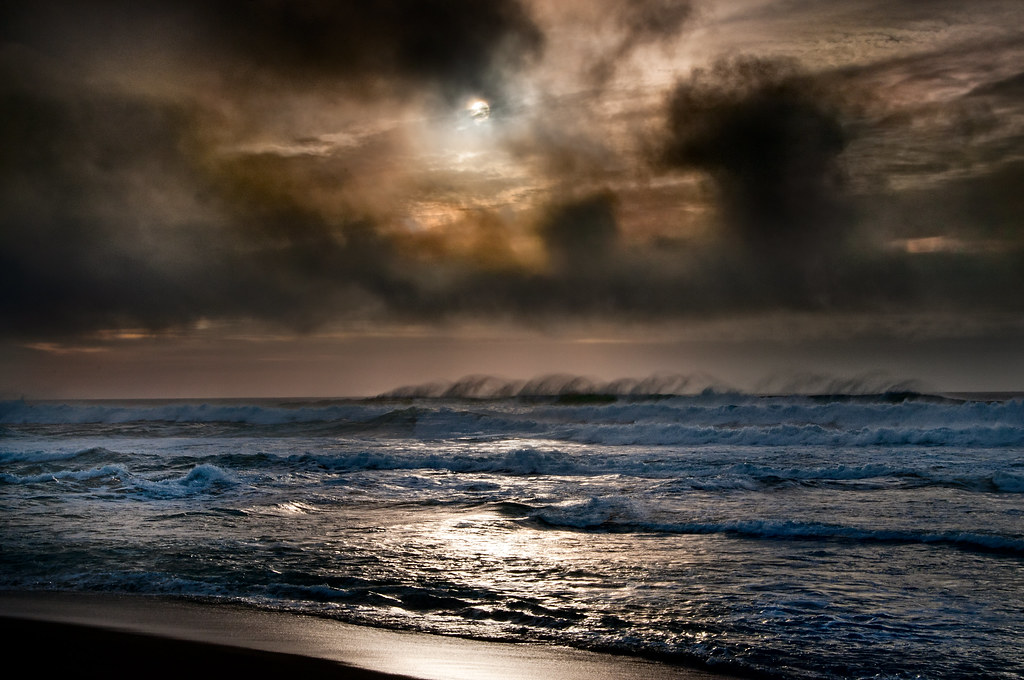
On Saturday I led a workshop on Point Reyes about photographing waves. For this workshop, waves are what Alfred Hitchcock called a “MacGuffin”—a fun red herring that lets you get slip the real subject matter in under the covers of the spurious narrative.
While the photography of waves is important to this workshop, so is photographic technique. Specifically, using wave photography as motivation, case study, and example works extremely well to demystify shutter speed, motion, how changing shutter speed impacts the rendering of motion—and also to examine the relationship of exposure, aperture, shutter speed, and ISO.
The workshop was full, with twenty people including two facilitators, and as I drove out to Point Reyes I became increasingly concerned about the foggy, wet weather. Later, after the classroom session, my fears seemed borne out. On Drakes Beach it was windy, cold, and raining—apparently no weather for photography of waves or anything else.
A few intrepid workshop particpants headed out to the beach with plastic bags over their cameras. Others beat a hasty retreat to the restaurant at the beach for hot chocolate, and photographed the rain from inside the windows. I’m afraid that one or two photographers had enough—and left to go home.
The hulking shapes of normally submerged rocks at low tide in the drizzle were fascinating, and some interesting photos were taken despite the moisture. Then the weather broke, and patches of blue began to appear. We continued with the workshop as planned, climbing up the Drakes Overlook, and then heading to South Beach for sunset.
South Beach faces the open Pacific. There was a strong wind, pounding surf, and dramatic lighting, as you can see in the shot at the beginning of this story, which was taken at 46mm, 1/125 of a second at f/29 and ISO 200, tripod mounted. Part of my strategy was to intentionally underexpose everything except the disk of the setting sun by at least several f-stops, then to restore the dark sections in the Photoshop Darkroom.
I think everyone in the workshop enjoyed the wild, anarchic surf—although one of our number got too close to the surf and needed a change of clothing (her camera was fine).
Thanks to everyone who particpated for their adventurous spirits and being willing to brave the elements. Despite what looked like a workshop disaster early on, it turned out to be truly great photography and communal fun. The experience also validated a trusim about landscape photography: if you are not out there when the weather is bad, then you won’t be there when the bad weather breaks—which is often when you find the best opportunities.
Related links: Poetry in Motion; Harold Davis workshops page; What participants say about Harold Davis workshops.
Pingback: Darkness and Light | Photoblog 2.0
Pingback: Wave | Photoblog 2.0
Pingback: In a Blue Hour